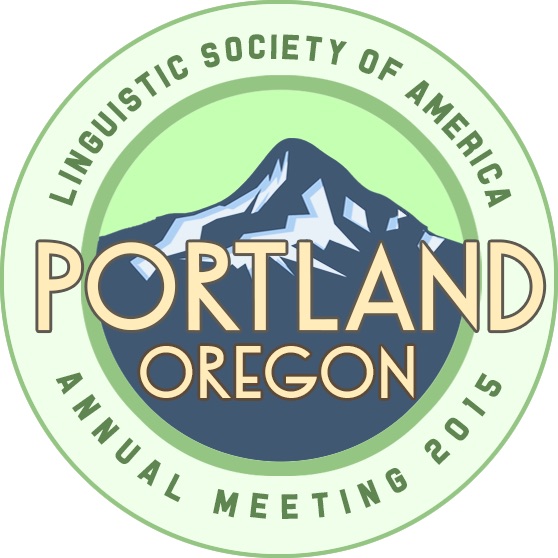Hi, I'm Brent.

I am a linguist working in voice assistant technology. One of my missions is to bring the work of linguists more into public awareness. To that end, I once gave a TEDx talk on language technology. I'm also the only person who has worked at both the Linguist List and the Linguistic Society of America. I enjoy playing incredibly loud keyboard instruments and reading sad books.
I have a PhD in Linguistics at UW in Seattle, where I worked on coordination in English.
- Interview on Superlinguo: Linguistics Jobs: Interview with a Language Engineer (Sept 22)
- UW Linguistics Dept: Alumni news feature (Autumn 22)
- Interview with People of Science (Feb 21)
- My TEDx talk "Say a command..." on speech technology. 2013
- Visitng Seattle? Check out my map of must-sees.
- Lauren Ackerman put a tweet of mine on a shirt
- Book cover: The Ghost of Mile 43 by Craig Rodgers
- Book cover: Photographs of Madness by Alec Ivan Fugate
Graphics
Some of the freelance work I've done: |
 |
 |
Network with me!
| Tweets by @BrentPWoo |
Brent's bookshelf: read
This book is about everyone you know. ...I even found myself - I'm the Vietnamese Potbellied Pig!
Sedaris is the only author whose books I easily laugh out loud at.
This was okay. I had it recommended from a friend who I highly regard for his taste in East Asian media of all types and who said it's the "Requiem for a Dream" of books. I was so intrigued by the setup and its being billed as a kind of ...

|




